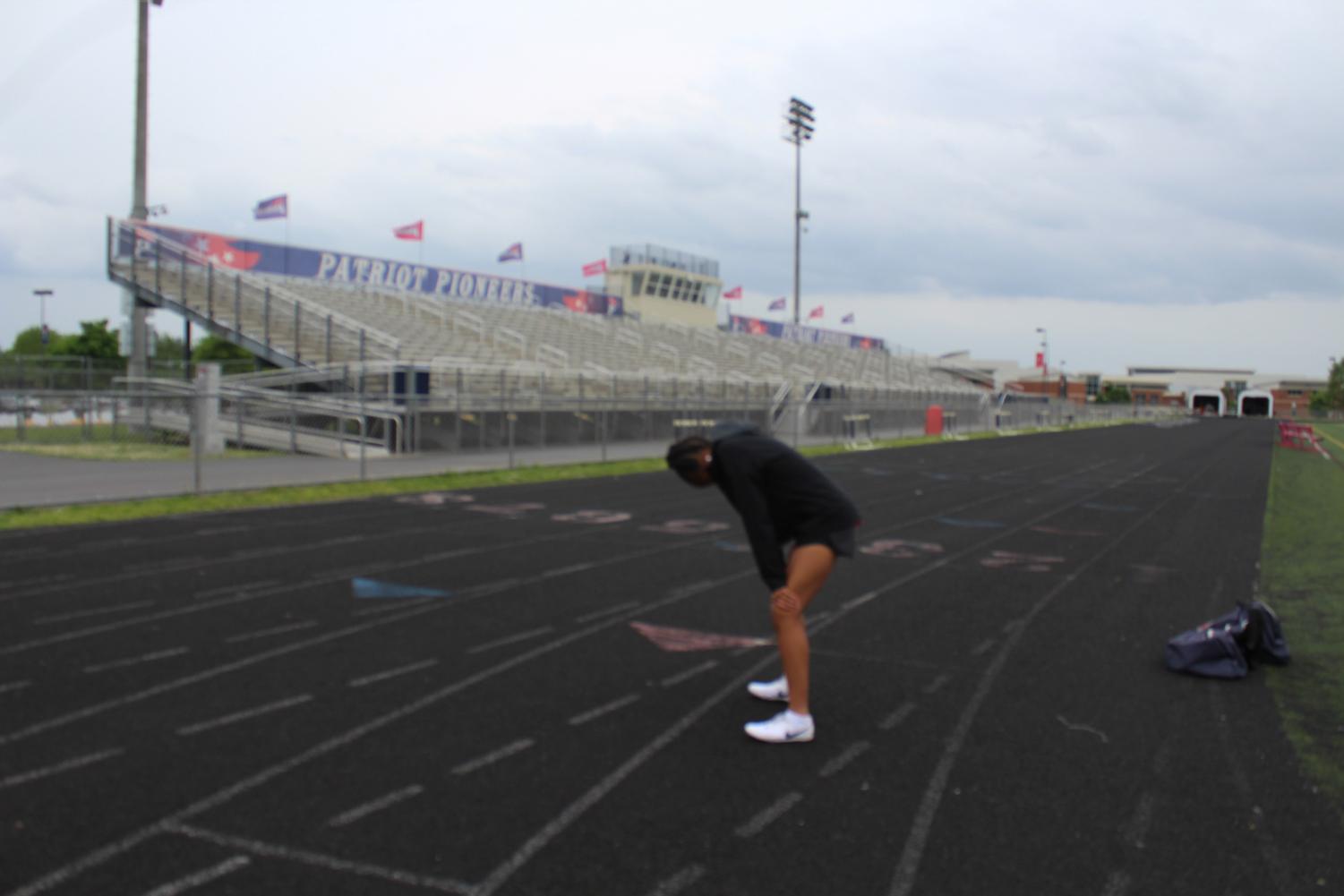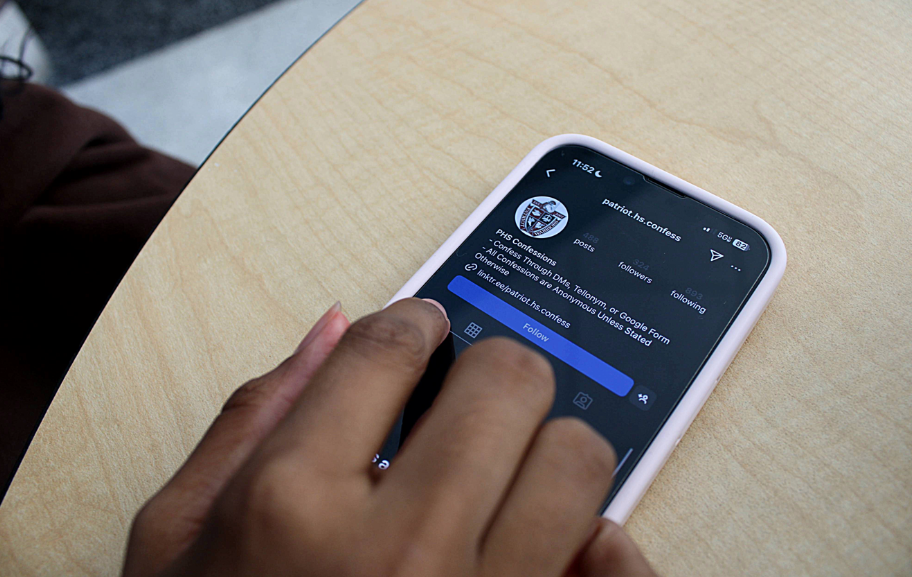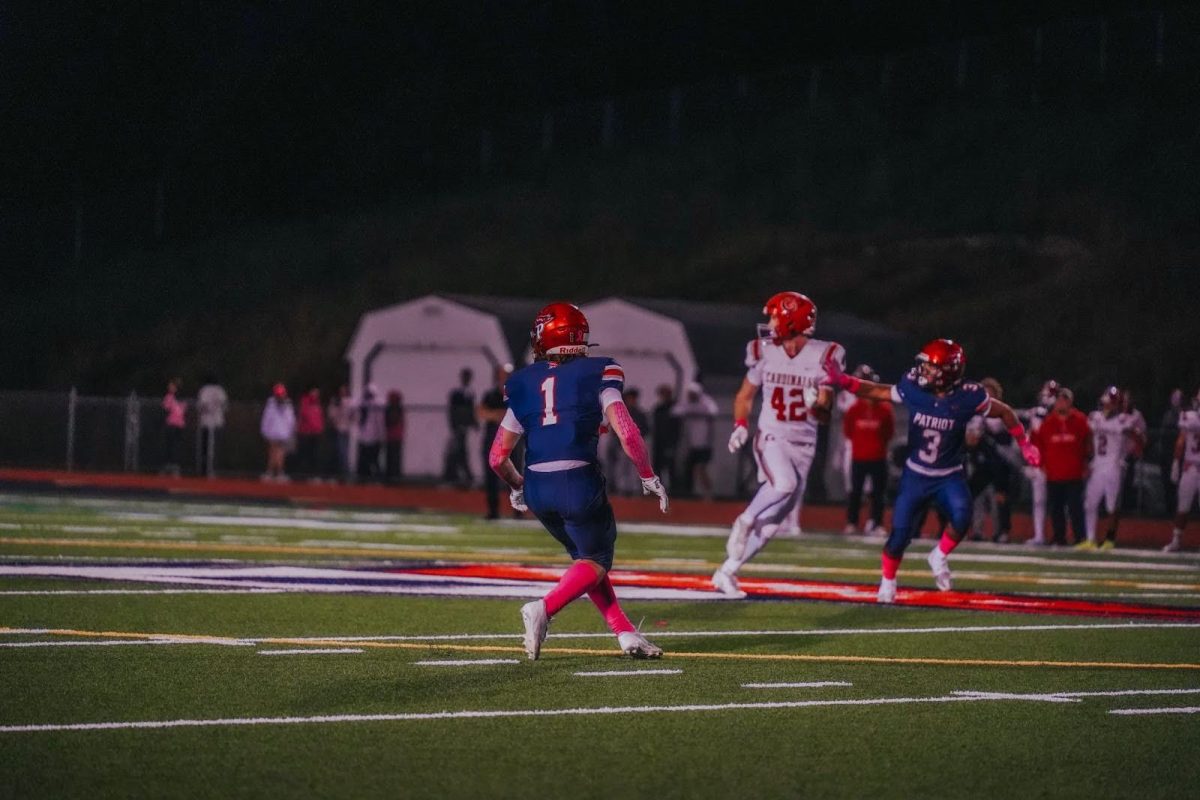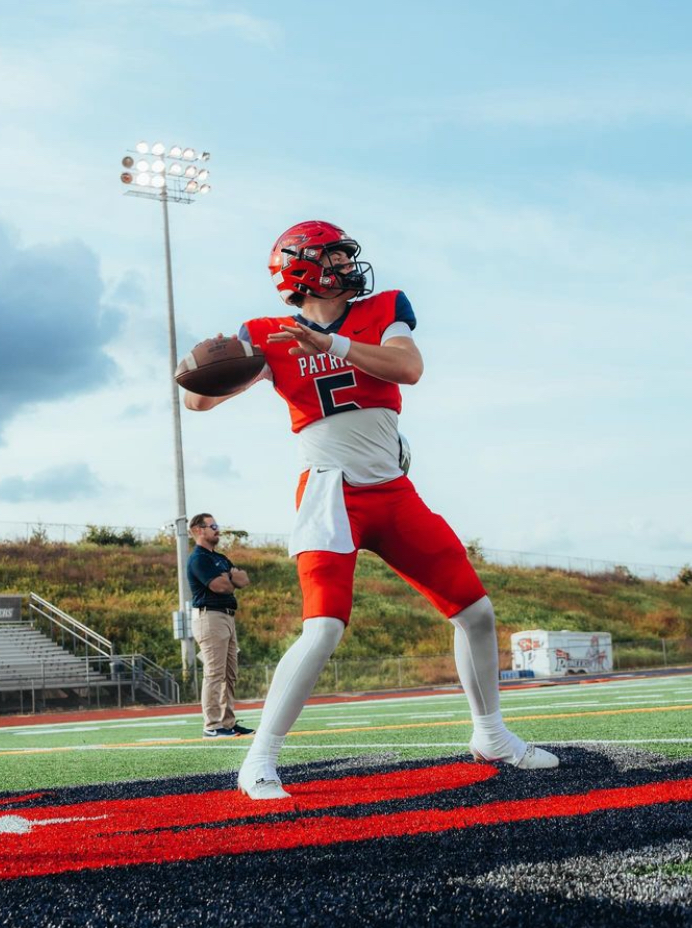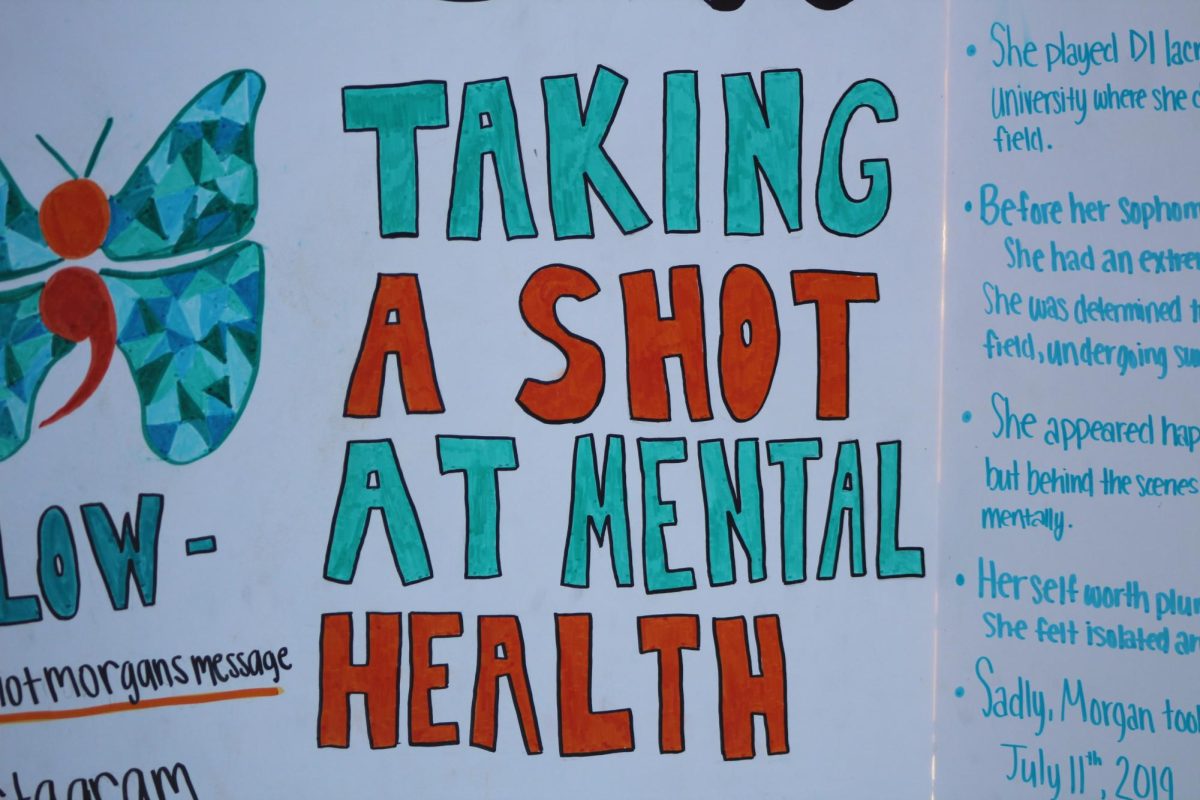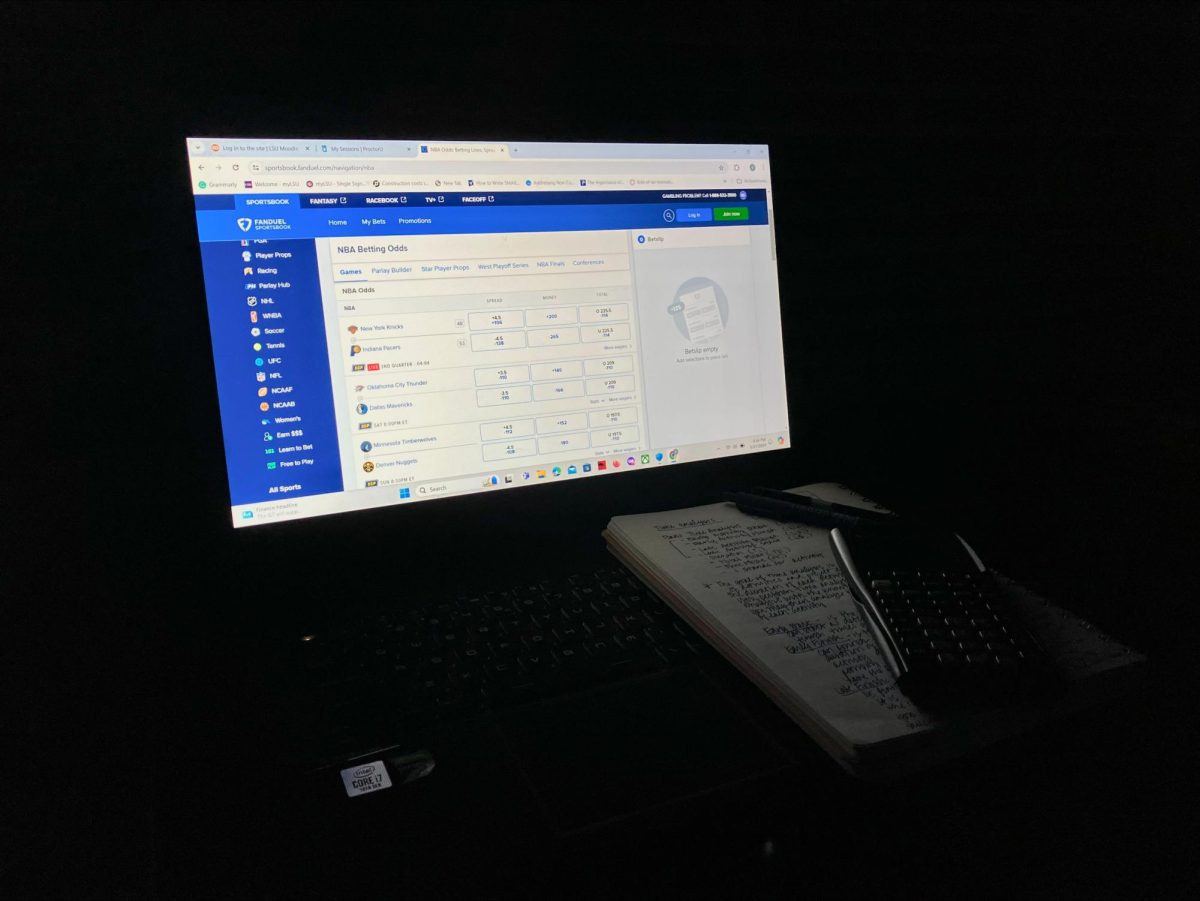The Los Angeles Times stated, “The actions that led to the death of Katie Meyer began and ended with Stanford University”. Katie Meyer was a twenty-two-year-old captain on the soccer team at Stanford. Meyer was involved in an incident at the school and was given a negative letter from the school about her options for continuing. She struggled after that letter and because the school did not provide resources for her, she unfortunately died by suicide.
Over the past decade many student athletes like Katie Meyer have struggled with mental health. Recently colleges and other universities have been offering more help to these athletes but there are still barriers preventing them from being mentally stable. The NCAA took a survey in late 2021 with almost 10,000 student athletes from divison 1, 11, and 111 all over the country and found that “47 percent of women reported feeling overwhelmed by all they have to do either “constantly” or “most every day,” compared to 25 percent of men. 38 percent of women reported feeling mentally exhausted at a high frequency compared to 22 percent of men.29 percent of women reported feeling overwhelming anxiety at a high frequency compared to 12 percent of men.” This survey coming from the players itself brings to life how many women are struggling at more excelled rates.
Women struggle more with mental exhaustion and self-esteem body image issues more than men because many women are overlooked. Women who have recently suffered with an injury currently are not given enough mental health resources to make sure they don’t deal with the mental concerns listed.
Womens Health talked about Leeann Passaro who played at the top soccer clubs in New Jersey and eventually went to play on at college but, when she was hit with a concussion, she was left to deal with anxiety and depression. She was cut before her senior year and was left to deal with self-image issues and wondering who she was without soccer. Passaro said that once she was given the therapy needed, she slowly began to recover. For women that have struggled with mental health problems many of them have stated that it is the environment they are in that has played a role.
With the options for women playing sports already being slim, it leaves women to be more competitive for the spots they are offered. The Women’s Sports Foundation stated, “Girls have 1.3 million fewer opportunities to play high school sports than boys have. Lack of physical education in schools and limited opportunities to play sports in both high school and college mean girls have to look elsewhere for sports –which may not exist or may cost more money.” Girls because of this are dropping out at more rates than men, which already sets the bar high for the athletes to try harder for opportunities.
Along with this being a factor, social media has a big role to play as well. Any players interaction with social media can be positive or negative. Social media already disproportionately affects women so being an athlete adds another layer. Once an athlete is mentally struggling, they have more of a chance of being physically injured, leaving them to deal with two things at once. “In 2017, Li et al. found female athletes who were anxious sustained sports-related injuries at a rate that was1.9 times higher than that found for female athletes who did not report anxiety symptoms. Also, they found that anxiety and depression may be signs of overuse and overtraining and the impending onset of athlete burnout (Figure 1).” With all these factors that lead to women student athletes feeling burnout people would probably start to wonder why aren’t schools providing more resources to help?
With the growing concern for student athletes’ mental health, schools should be implementing more programs to make sure athletes are performing at peak level. Based on a study done by the JED and patterned with Fluent Research, they found that students in high school did not feel that they were getting the resources needed to deal with their mental health. “…students felt that their peers did not know how to cope with stress, where to seek help for mental health issues, or even the signs of suicidal ideation.” Students did not have resources in the start to identify the signs of mental health struggles. The study included over 1,000 high school students as well as under 500 administrators. With that many students involved in the survey who knows how many could be struggling without sharing their thoughts.
With some students not knowing that they are struggling with mental health problems, schools should try and provide resources to reveal causes for anxiety, depression, etc. The ACSM stated some of the triggers that set off athletes’ anxiety. “These triggers include missed classes due to off-campus sports competitions, being away from home for the first time, social isolation from students other than their teammates and adapting to constant visibility within their campus and communities.” The study also showed “Approximately 30% of women and 25% of men who are student-athletes report having anxiety, and only 10% of all college athletes with known mental health conditions seek care from a mental health professional”.
While not all schools provide enough resources some are making efforts to help their athletes. At UCONN .They provide students with a program called SHaW which stands for Student Health and Wellness it “offers students access to a personalized approach that promotes wellbeing and meets their mental health needs by offering rapid access to solution-focused, student centered treatment using interventions with proven outcomes to meet the diverse needs of our students throughout their college experience.”
According to a 2020 survey on student-athletes’ well-being by the NCAA, “one in 12 college athletes reported feeling so depressed that it was difficult for them to function either “constantly” or “most every day.” In relation to that, a study done by Health Minds Study showed “more than 60 percent of students during the 2020–2021 school year met the criteria for one or more mental health problems, such as major depression and anxiety disorder.” This shows how for an athlete to perform to their maximum effort, there must be support in place for them. An example would be providing on-site mental health experts to check in with the athletes to discuss what warning signs are of depression and anxiety. In the case of some athletes, they show no signs of being depressed or anxious but rather feel that they will not be heard if they go to someone. With an athlete not performing at their best, they can feel anxious or not have high confidence, which can lead to them not doing their best in school or during a game.

